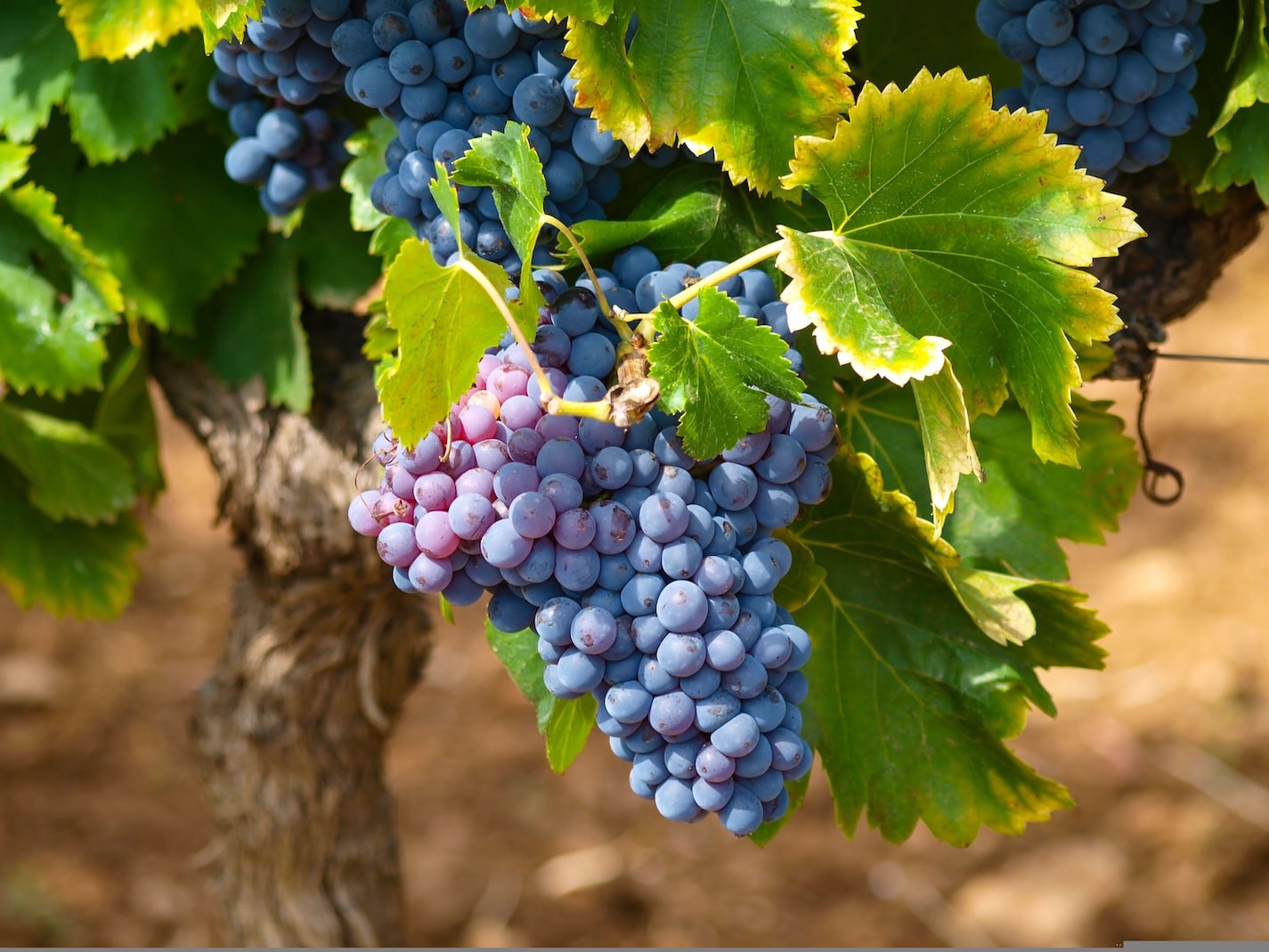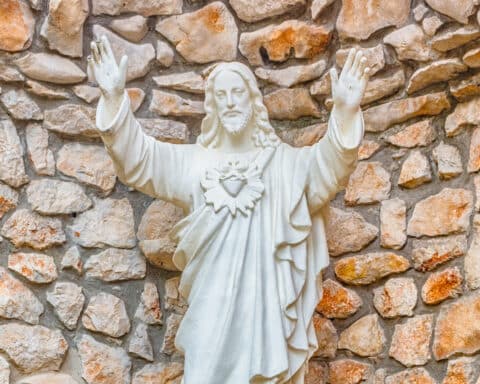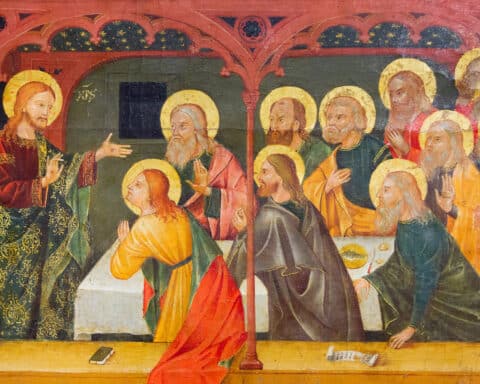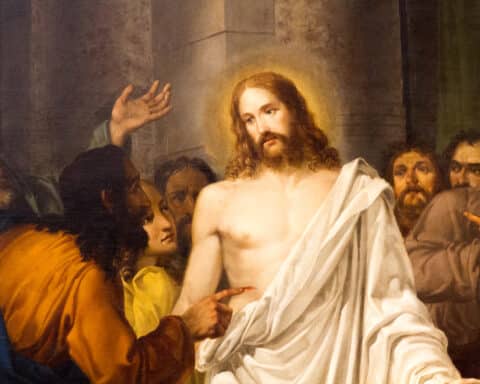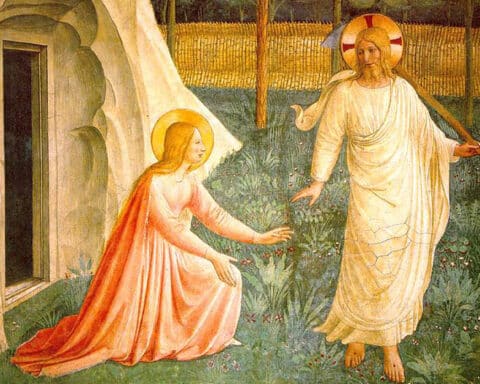Israel is the vine brought out of Egypt (cf. Ps 80:9). The Lord is the keeper of the vine (cf. Is 27:3). Sometimes savage shepherds have sought to ruin it, but God nonetheless remains the vine’s protector (cf. Jer 12:10). Israel is the vine, God’s foliage and fruit.
Such is the simple and traditional imagery. Israel, God’s chosen people, is figured as a vine. An image of solidarity and fructification, it’s also an image of hardiness and growth, an image of hope. Vines make grapes for wine and food; it’s an image mindful of the feast. Israel is a vine, destined for the feast of choice wines of the mountain of the Lord (cf. Is 25:6). It’s a beautiful image.
| April 28 – Fifth Sunday of Easter |
|---|
|
Acts 9:26-31 Ps 22:26-27, 28, 30, 31-32 1 Jn 3:18-24 Jn 15:1-8 |
It’s astounding, then, that Jesus says, “I am the true vine” (Jn 15:1). What does he mean? It’s complicated and not without controversy whatever it means. Is Jesus the true Israel? What about Israel then? Is this an example of the Church’s polemic against the synagogue? Or does it mean something else?
These are not unimportant questions. I would, however, steer clear of any interpretation of Jesus’ words that would displace Israel. Paul was clear: “God has not rejected his people whom he foreknew” (Rom 11:2). Rather, I would understand Jesus’ words in terms of our inclusion into Israel in Jesus Christ. Again, I follow Paul here. We non-Israelites have been “grafted in” (Rom 11:17). Israel remains the vine; in Christ, we are attached to the same vine. These are symbols and mystery, of course, so don’t press the image too much. But that’s the gift, the miracle. That’s what it means for Jesus to say he’s the vine, that we “who once were far off have become near by the blood of Christ” (Eph 2:13). Again, it’s a beautiful image.
Grafted in
But how are we grafted in? By the Holy Spirit and by the Eucharist. As the Spirit remained on Jesus at his baptism and as the Father remains in the Son, now the believer remains in Christ. Jesus, by the way, has and will continue to talk about the “Advocate” in this part of the Gospel. Jesus is talking about what the Holy Spirit does: he binds the believer to Christ. But remember the vine too. Jesus talked about the “fruit of the vine” at the Last Supper (Mt 26:29; Mk 14:25; Lk 22:18). The Holy Spirit and the vine: How can we not immediately think of baptism and Eucharist? How can we not rejoice that the means by which we may abide in Christ are so close, so intimate, as near as the parish church? How can we not see in these words of the Lord the sacraments of the Church?
For that is how we are grafted in. That’s how we are ushered into Israel. That’s how the promises made to Abraham become promises made to us. The parallel image here — with which we are likely more familiar — is the body of Christ. To be grafted into the vine that is Christ is to belong to the body of Christ. Both vine and body are images of the Church. Vine speaks of wine, and body speaks of blood. It’s not hard to see here why Catholics go from biblical to sacramental so quickly. It’s not hard to understand what the Catechism of the Catholic Church means when it reads that “the Eucharist makes the Church” (No. 1396). It’s not difficult to grasp why these weeks of Easter are filled with celebrations of the sacraments, aren’t they? You now see why. Baptisms, first holy Eucharist, confirmations at Pentecost: We celebrate these sacraments with such joyful abandon because Jesus is the vine, and we are the branches. Brought into Israel, we abide in Christ in Trinity. This is our faith, and we rejoice in it. And so, let us abide. Let us never do anything to cut ourselves off from the vine that is Christ.

